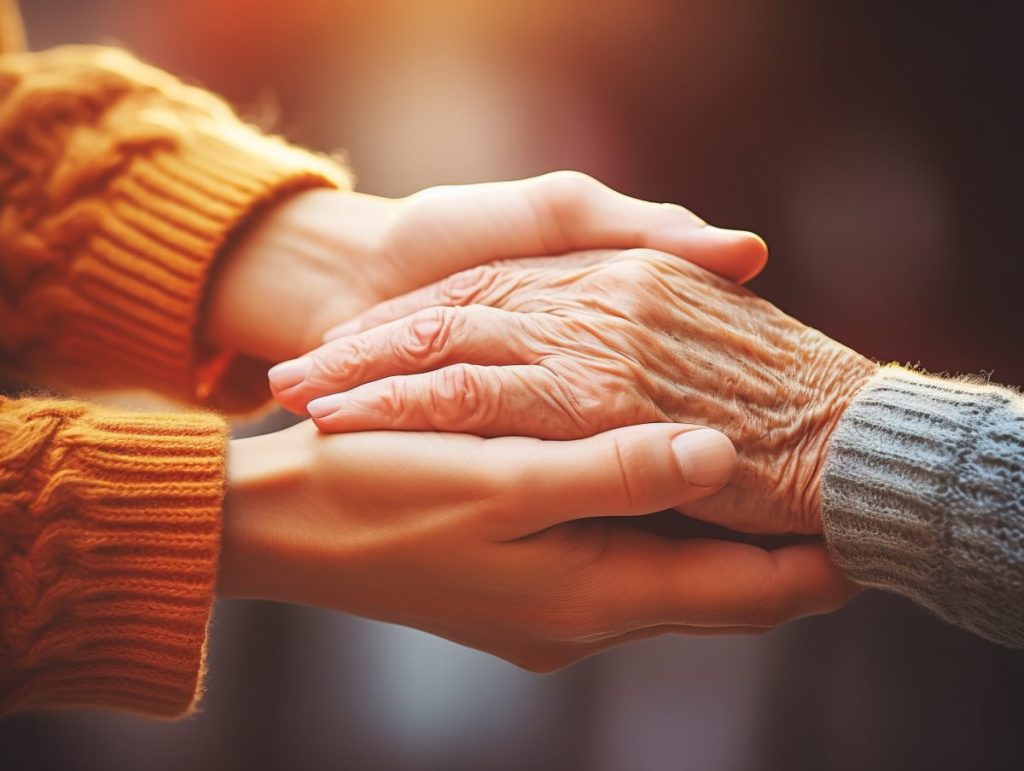As the largest generation in the U.S. workforce, millennials have been dissected in numerous ways, from spending habits to work preferences. With baby boomers reaching their golden years, the challenge of caring for aging parents is becoming acutely pressing for millennials.
To understand the scale of the issue, it’s essential to grasp the demographics involved. As of the last reliable data, there were approximately 72 million baby boomers in the U.S., born between 1946 and 1964. Millennials, born between 1981 and 1996, comprise roughly 73 million Americans. By 2030, all boomers, and over 70 million Americans in total, will be ages 65 and older. This represents an at least 25 percent increase in the number of senior citizens — in just over five years.
The vast majority — 88 percent, according to a Capital Caring Health survey — of older adults plan to age in place, remaining in their homes, connected to their communities, and close to their family and friends. Independence and autonomy is essential to promoting optimal health outcomes and enhanced quality of life — and having a sense of purpose and control contribute to improved well-being, promoting optimal health outcomes and longevity.
Caring for aging parents is not just an emotional challenge; it’s a financial strain as well. Costs associated with elderly care can be substantial, varying greatly depending on the level of assistance required.
As people age, they are more likely to develop chronic physical health conditions such as hypertension, diabetes, arthritis, heart disease, and osteoporosis — as well as cognitive decline and neurological disorders like Alzheimer’s and dementia. Managing these complex conditions often require regular doctor visits and diagnostic tests, medications, specialized treatments or surgeries, and supportive care. As aging advances, expensive medical equipment including walkers and stair lifts may be necessary — and not entirely covered by insurance. Older adults are also more susceptible to dangerous falls and medical emergencies requiring immediate (and costly) interventions, including hospitalization, surgery, and intensive care.
Despite initial costs involved, taking proactive measures is a wise investment — and the best way to mitigate future financial stress. Most medical conditions, when identified early and addressed promptly, can be managed effectively through medication and lifestyle modifications, reducing the costly risk of complications and more extensive future treatments. Preventive screenings and vaccinations, making behavioral changes to manage or prevent the onset of chronic conditions, and maintaining physical and mental well-being all contribute to a better quality of life and reduced risk of health problems, allowing seniors to enjoy more fulfilling and active golden years.
Most insurance plans typically cover preventive services and screenings at little or no cost — leveraging these benefits is a great way to reduce future costs. Even Medicare does not cover all services, though, so Medigap or supplemental insurance policies may be necessary to fill coverage gaps.
Home modifications are often the first step toward accommodating aging in place. Installing ramps, grab bars, stair lifts, and even walk-in bathtubs can reduce the risk of falls, and allow seniors to enjoy more autonomy. As aging advances, hiring a caregiver can delay the need for seniors to move into a facility, and provide a welcome respite for family members.
For seniors who require more extensive care — but do not require constant medical care — assisted living facilities can provide additional benefit. Though the transition from independent living can take some adjustment, these facilities are designed to enhance the quality of life for seniors. 24-hour staff support and security, maintenance-free living, and nutritious meals ensure that seniors are safe and supported, and in-house socialization reduces feelings of isolation and loneliness. The structured environment provides daily routines to promote engagement and fulfillment for residents, enhancing mental and emotional well-being and providing a sense of belonging and community. As aging advances, assistance with ADLs (activities of daily living) such as bathing, dressing, grooming, and medication management provides seniors with a sense of dignity. Nursing homes provide a higher level of care and support, designed for seniors who have more complex medical needs, chronic illnesses, mobility limitations, or cognitive impairments that require ongoing medical supervision, skilled nursing care, and more advanced assistance with ADLs.
As the senior population continues to grow, demand for elderly care services will increase exponentially. It’s crucial for millennials to plan ahead and consider their options carefully. Saving and investing early to prepare for potential costs is recommended, as is considering long-term care insurance or other financial products. Becoming familiar with available local resources and services, and attending seminars on aging and caregiving, can further prepare one for the future.
Perhaps most importantly for millennials facing this challenge, communicating with aging parents may reduce friction — and perhaps even improve health outcomes — by ensuring that they make choices along the way, guiding their own care based on their preferences.
